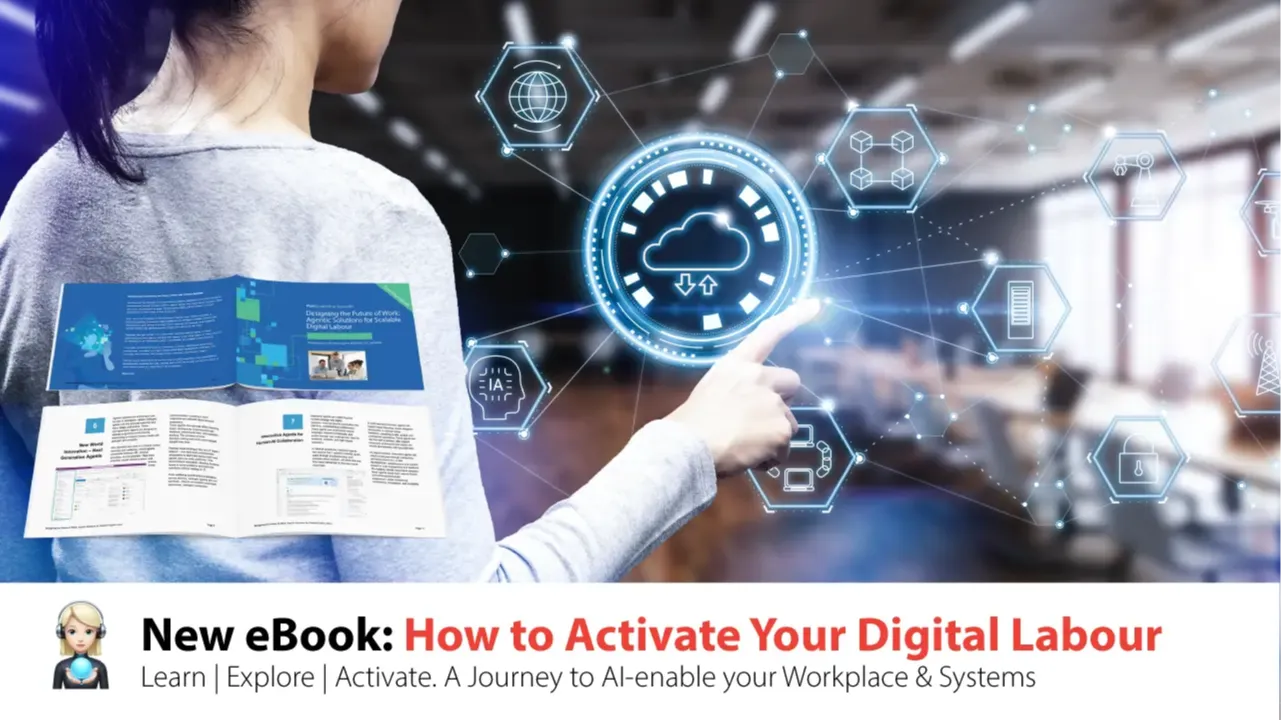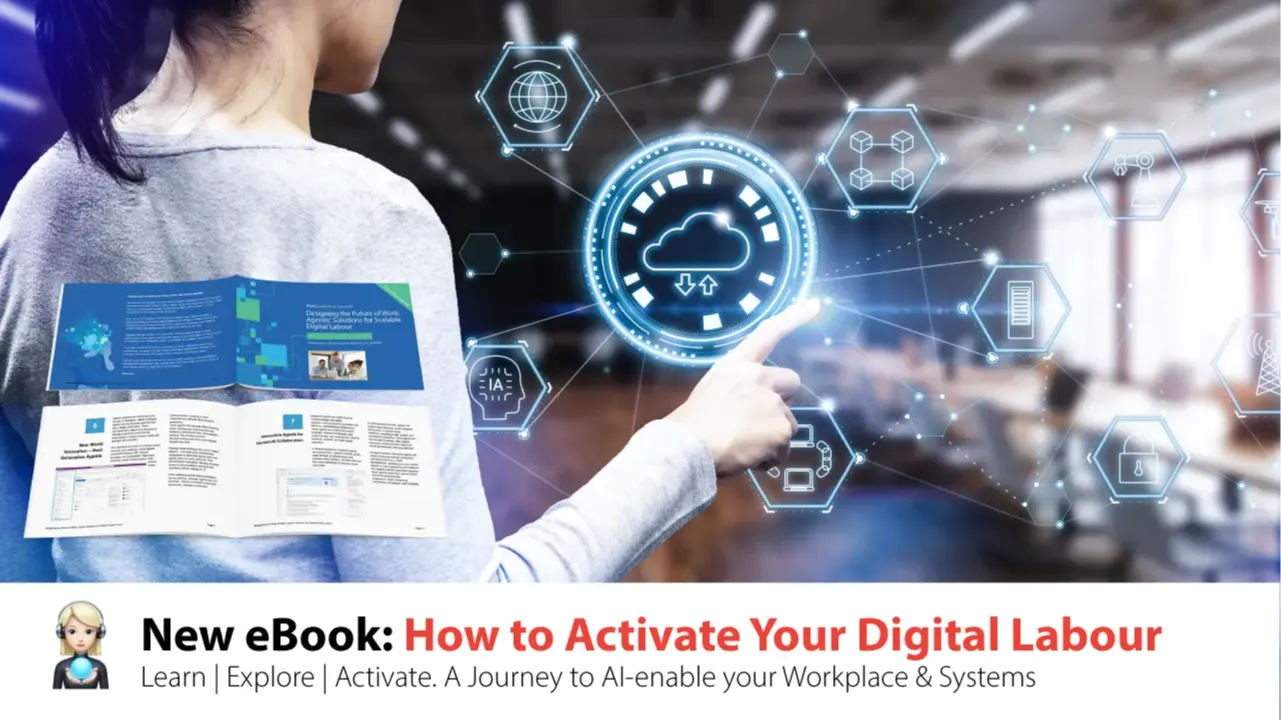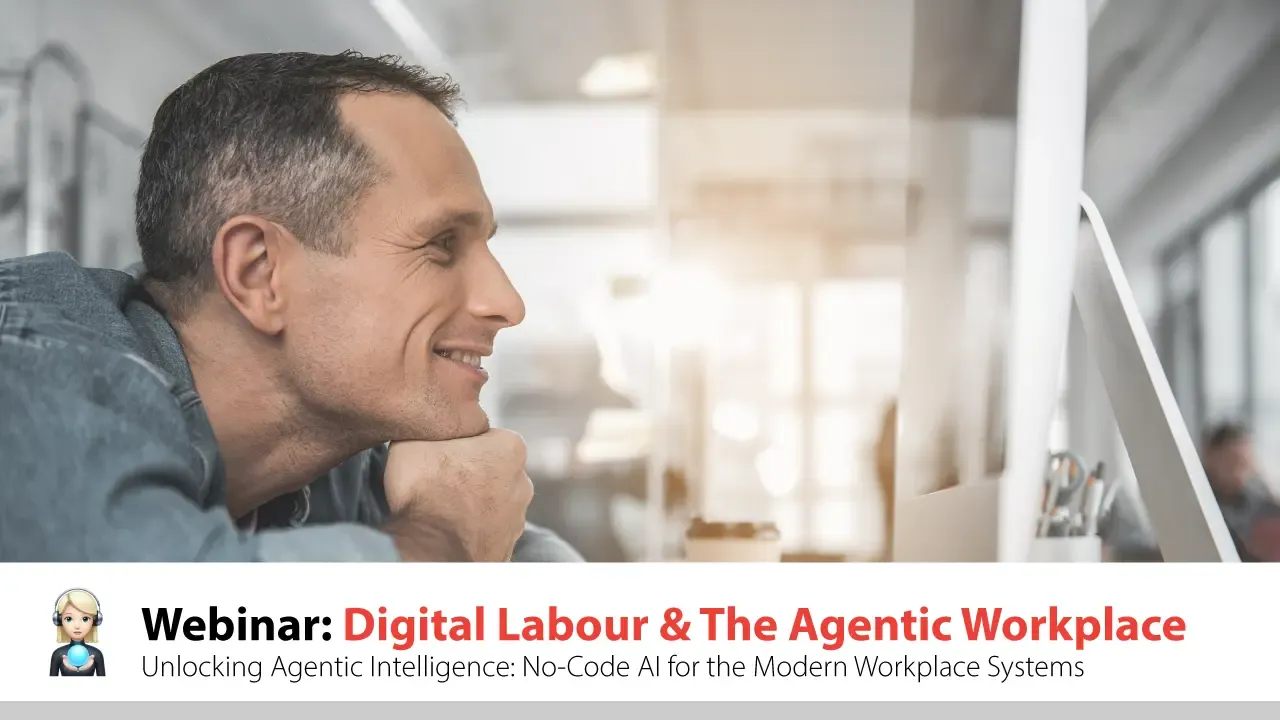The Top Five Benefits of AI Modernisation in the Workplace
Jun 16, 2025
AI modernisation is reshaping the workplace, not only through automation but by enhancing how people interact with systems, make decisions, and deliver value. Programs like WorkDynamics and broader AI Modernisation initiatives are leading the way in embedding AI into organisational workflows, creating smarter, more adaptive environments. This paper explores five core benefits of AI modernisation, with direct reference to how these programs are transforming work.
1. Reduced Cognitive Load and Enhanced Mental Bandwidth
AI reduces the mental effort required to process information, make decisions, and complete tasks. In high-pressure environments, such as abuse risk assessment or investigative work, cognitive overload can lead to errors and burnout.
In WorkDynamics, AI evaluates the soundness of evidence collected by investigators, rating it and providing tailored guidance for improvement. In AI-Native applications, AI pre-assesses the risk of harm to abuse victims, allowing frontline workers to focus on judgment and empathy rather than data analysis. These systems reduce both extraneous and intrinsic cognitive load, improving decision quality and emotional resilience.
2. Improved Decision-Making Through Data-Driven Insights
AI systems process vast datasets to uncover patterns and generate actionable insights. This leads to:
- Faster, more accurate decisions.
- Predictive capabilities for risk, performance, and customer behavior.
- Reduced bias when models are responsibly trained and monitored.
WorkDynamics integrates AI-powered analytics into case management and operational platforms, enabling staff at all levels to make informed decisions aligned with strategic goals. This democratisation of insight supports agility and responsiveness across the organisation.
3. Productivity: Getting More from Your Inputs, Budgets, and Staff
In an AI-modernised workplace, productivity is no longer just about doing more—it’s about getting more value from the same or fewer inputs. AI enables organizations to stretch their budgets, optimise staff time, and extract greater impact from every resource.
Key ways AI enhances productivity include:
- Resource optimisation: AI dynamically allocates tasks based on staff capacity, skill sets, and urgency—ensuring that the right people are working on the right things at the right time.
- Budget efficiency: By automating routine processes and reducing rework, AI helps organizations achieve more within existing financial constraints.
- Time amplification: AI reduces the time spent on low-value tasks, allowing staff to focus on strategic, creative, or client-facing work that drives outcomes.
In WorkDynamics, these principles are embedded in workflow design. AI continuously monitors task progress, reallocates resources as needed, and provides real-time insights into where time and effort are being spent. The result is a workplace where every hour and dollar works harder—without overburdening staff.
4. Systems Performance: Aligning Resources with Outcomes
AI modernisation also transforms systems performance, not just in terms of speed or uptime, but in how well systems support the strategic alignment of budgets, staff, and outcomes.
Modern workplaces must be flexible and responsive to shifting priorities. AI enables this by:
- Aligning operational activity with strategic goals: AI systems can track how resources are being used and whether they’re contributing to desired outcomes.
- Enhancing adaptability: AI-powered systems can reconfigure workflows, reassign tasks, or adjust timelines in response to changing demands or constraints.
- Improving visibility and control: Leaders gain real-time insights into system performance, enabling proactive adjustments to stay on track.
In WorkDynamics, AI ensures that staffing, budgeting, and task execution are continuously aligned with higher-level objectives—whether that’s improving service delivery, accelerating investigations, or managing risk. This creates a workplace that is not only efficient but also strategically intelligent.
5. Personalised Employee Experiences and Development
AI enables tailored learning and career development experiences, helping employees grow in alignment with organisational needs.
Capabilities include:
- Adaptive learning platforms that adjust to individual performance.
- Career pathing tools that recommend skills and roles.
- AI-driven feedback and coaching systems.
WorkDynamics integrates these features into its employee engagement modules, fostering a culture of continuous learning and growth. This personalisation supports retention, motivation, and long-term workforce resilience.
Conclusion
AI modernisation is not just a technological upgrade—it’s a strategic transformation. By reducing cognitive load, improving decision-making, boosting productivity, enhancing systems performance, and personalising employee development, AI empowers organizations to thrive in complexity.
Programs like WorkDynamics AI Modernisation exemplify how AI can be embedded thoughtfully into the workplace, creating environments that are not only more efficient but also more human-centric. As we move forward, the most successful organizations will be those that use AI to amplify human intelligence, not replace it.
For more information: https://www.devworkz.net
To register: https://www.devworkz.net/AI-Modernisation-submission




